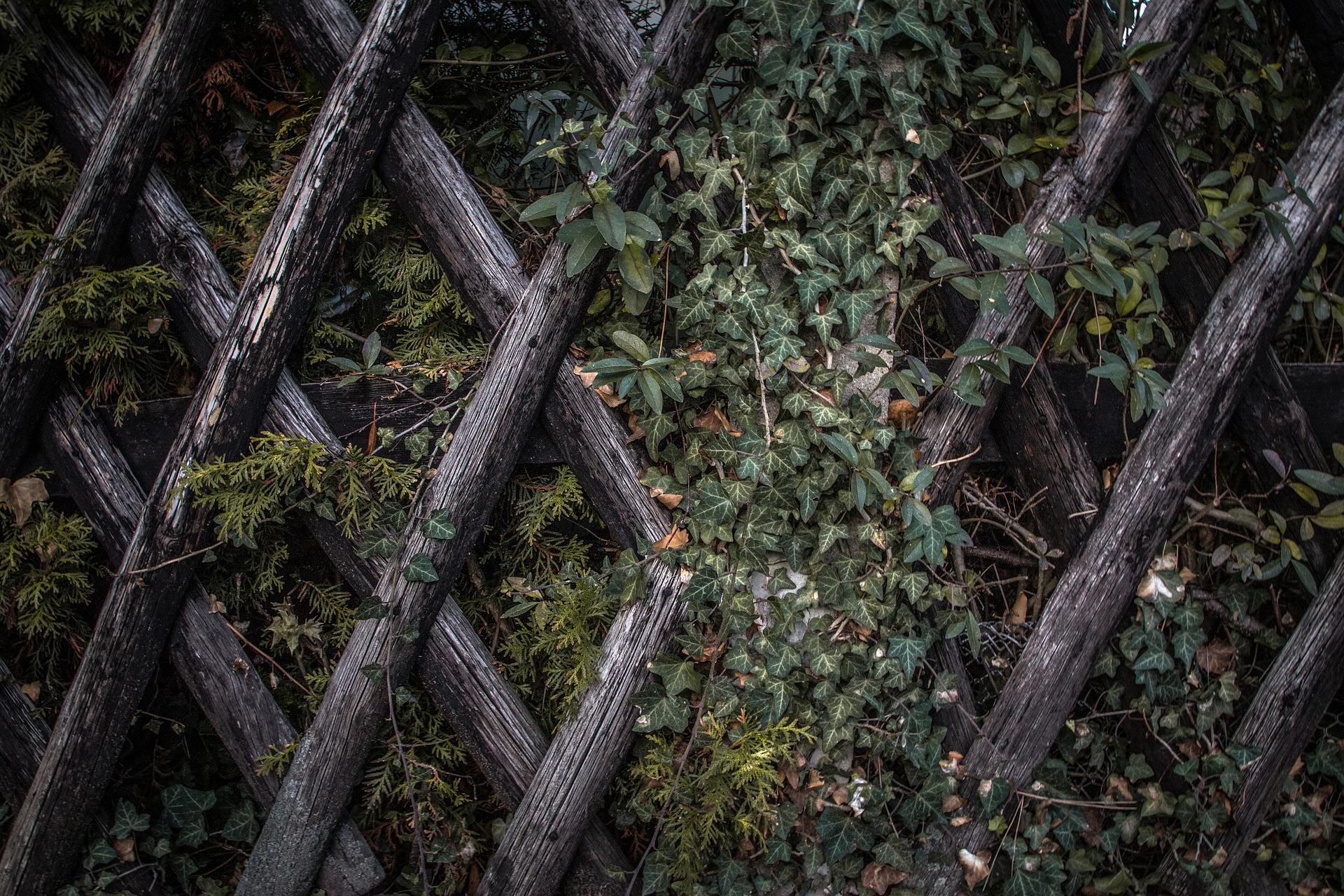I have a lot of free time at the moment. Like many people in lockdown, and particularly among those of us privileged to have jobs that allow us to work from home, I have fewer ways to spend my hours. I don’t go to bars or nightclubs. I socialize rarely: on Zoom, at the odd picnic. I don’t even go to buy groceries. In the age of coronatide, so much of my daily routine turned digital. I have so many hours in the day.
I spent some of those hours—in March, in April—writing a novel. It was a luxury good, those several indoor hours. My husband and I were able to work remotely. We were fed, and healthy, and inside. I was conscious—all too conscious—of time I spent on my book as a fortuitous and unearned freedom: one predicated on privilege.
I worry—sometimes, often—that what I am doing is useless, that all art is quite useless. I have worried about that, all the more, over the past few months. The world has been ripped apart at the seams. The pandemic has pulled back the curtain on capitalism’s failings. The protests following the killing of George Floyd have made ever clearer, too, other structural sins: a country based on vectors of racist oppression, of undue power.
How do we write when the world is falling apart? And—no less vital—should we?
It is impossible—in a capitalist society, and in a broken and fallen world—to separate out the creation of words—such seemingly unbodied things—from the luxury of leisure. The freedom to make imaginary worlds is also the freedom that gives us time to form words, not things, with our fingers. Despite the utopian proclamations of techno-capitalists, human beings cannot create something out of nothing. Free time comes on the backs of other people’s labor. Those delivered groceries were picked, and packaged, and brought to my doorstep, by other human beings, with far less free time.
Now, more than ever, as we make public sense of a world in which the powerless are in bondage to the powerful, and in which we are all in bondage to sin, we are called not merely to account for the ways we exercise our freedom. It is a question for aesthetics as much as for politics—insofar as we can separate them, which as good systematic theologians I motion we cannot and must not do.
The questions of whether we should write and the question of what we should write as Christians are inseparable from one another and from this wider question of the theological character of right and wrong freedom—a question that both the COVID-19 pandemic and the George Floyd protests have rendered ever more urgent.
How, in the forming of words on a page, can we exercise good creative freedom, even as we resist in both practice and product the embedded liberal notion that our individual, autonomous liberty to do, to make, to fashion, is the highest good there is?
How, in the forming of words on a page, can we exercise good creative freedom, even as we resist in both practice and product the embedded liberal notion that our individual, autonomous liberty to do, to make, to fashion, is the highest good there is?
Storytelling is itself, after all, an exertion of power: one that, like any power, can be wielded well or badly. This is not merely a question of aesthetic technique: seemingly beautifully told stories can convince us of moral ills. Some of my favorite writers, from the Danish philosopher Søren Kierkegaard to the French dandy-fabulist Jules Barbey D’Aurevilly, have explored this precise problem in their work. Often, they compare storytelling to seduction. The Bad (but erotically compelling) Storyteller is a vampire: tantalizing, then infecting, their victims: transforming them—through aesthetic sleight of hand—into miniature versions of themselves. Power engenders Pygmalionism.
One of D’Aurevilly’s most unsettling short stories, “The Crimson Curtain,” recounts how the mysterious stranger regales the narrator with an incident that happened in his own past: a beautiful, erotically hungry woman’s inexplicable death mid-coitus. The stranger’s account makes little sense—we are left to wonder, from his abrupt account, whether the sex he had with this woman was consensual; whether he was responsible for it; why he left her house immediately, in the middle of the night. And yet our narrator is spellbound, and aroused, by this tale: so much so that he starts to see ghostly echoes of this woman in the present day.
Power engenders Pygmalionism.
The story is a rather on-the-nose example, of course. But it tells us something about the potential dangers of storytelling: what it means to aestheticize, and eroticize, the horrors of the world: a funhouse-mirror reflection of reality that makes us hunger for the seductively bad, that makes us long for narrative consummation offered up to us in the suffering and death of others.
It tells us, too, about the paradigm of so many storytellers: world-creators ex nihilo who treat language, narrative, story as a form of mastery and control. It is the sort of figure Iris Murdoch writes about, speaking of our conception of man after Kant, in her essay “The Sovereignty of Good”: “free, independent, lonely, powerful, rational, responsible, brave, the hero of so many novels and books of moral philosophy.”
We cannot divorce the aesthetic question of storytelling from the moral question of freedom, nor the political question of power. The challenge for the storyteller is also the challenge for the human being in God’s creation: what do we do with our liberty?
One roughly considered model of making—arguably the one that has saturated contemporary liberal culture (and economics) from the Enlightenment onward—celebrates the freedom of the abstract. It divorces the world of the verbal from the world of the experiential: rendering the former a kind of self-enclosed playground of the imagination. In this schema words are like money: something with an internal cohesiveness, that affects us, and governs our actions, but nevertheless does not demand part of ourselves. We might call this the capitalist novel: the novel that celebrates, in construction, in form, and in content, individualistic human freedom.
The storyteller, in this model, is in essence playing God: expanding his selfhood into the field of signs. As in D’Aurevilly’s “Crimson Curtain,” the storyteller plays with us in a cat-and-mouse game: stoking our curiosity, arousing our interest, delaying our gratification: all from a position of power and authority. He wields language like a scalpel: slicing into and through reality. His gaze is wry, sardonic, even ironic. He (and sometimes we) know more than the characters, and this is a source of mockery, an inside joke: oh what fools these mortals be. Émile Zola, too, often compared his work as a writer to that of a physician, slicing open the characters he wrote about, diagnosing them with this or that societal condition—alcoholism, poverty, neurasthenia, allowing their psychic diseases to inevitably degenerate for our reading pleasure into a suitably spine-tingling tragic end.
Characters, in this kind of story, exist in service to the plot—or, at most, in service to the role they play in the life of a particular protagonist: love interest, foil, comic relief.
It is the model of freedom we see, for example, in the classical bildungsroman: a story about and for a single individual’s journey to maturation and success. Stendhal’s The Red and the Black is one paradigmatic example: Stendhal constantly toys with his protagonist, Julien Sorel, even as Julien himself—rising to the highest ranks of French society—does so by instrumentalizing the people around him, with darkly comic results.
We see it in the modern pulp thriller, in which a rugged detective or PI gets to the bottom of the case via the bedsides of beautiful women.
We see it in the cynical gaze of the noir novel: textual worlds in which God, by default, does not exist.
But is another, distinctly Christian, model possible—one that responds not just to Christian understandings of freedom but to Christian understandings of givenness? Is there a way to talk usefully about Christian aesthetics not in the banal sense in which it is often used to connote “family-friendly” inoffensiveness, but rather at the level of structure and word?
In writing this piece, I reached out to a Catholic writer I admire: Phil Klay, whose 2014 book of short stories, Redeployment, won the National Book Award. What, I asked him, made his writing Catholic, in content and form and subject matter?
The best writing, he responded, rejects the idea that the shape of the world can be easily explained away by “reason alone,” or understood as a confederacy of “isolated individual consciousness.” It takes seriously the understanding “that evil is real, as are sin, redemption, atonement, and the soul. It does not allow itself the cheap comfort of despair, or utter cynicism. It accepts that we are fallen creatures in a world full of suffering, but that there is grace.”
Furthermore, he says, it “thinks novelists who write as though the world is intelligible are silly. It thinks novelists who write as though human beings are intelligible are silly. It’s more terrifying, disorienting, forgiving, and challenging than either the bland humanism or strident politics than underlie many contemporary novels. It suspects that if you don’t have a bloody, beaten body dying in agony at the center of your symbolic system, you’re not playing the game right.”
I do not claim to propose a fully fledged Christian aesthetics. But, nevertheless, in my own work, I have likewise aimed toward a theology of writing that centers that bloody, beaten body.
Central to that understanding, for me, is the vision that the Christian novel cannot, in plot, in voice, or in tone, envision itself as a product of sui generis creation: the disengaged omniscient narrator surveying, smirking, sub specie aeternitatis the novel’s foolish mortals. Nor can it create an alternate, escapist world that exists for pure consumption: a world of moral fantasy (big-bosomed women desperate to sleep with our unassuming hero, say) that seduces us with our worst instincts.
Rather, I believe that the Christian novel—whatever the details of its structure, narration, plot, or subject matter—must be one that embraces both its own givenness and the givenness of language itself: the polyphonic tapestry that is not word-as-theoretical-object but word-as-site-of-incarnation: words always made flesh. It must embrace the fact that language—as a means of human communion, wedded to human history—is not and can never be fully free (let alone fully capable of accurate expression).
… the Christian novel must be one that embraces both its own givenness and the givenness of language itself…. It must embrace the fact that language—as a means of human communion, wedded to human history—is not and can never be fully free…
It would understand language as at once communicative—rather than authoritative—and contingent: rooted in the patterns of our own speech, rooted in our own histories.
Thus, for example, the poetry of Gerard Manley Hopkins, which through uncommon arrangements of language—simple words in surprising combinations—calls our attention to the jagged images of the everyday: “all is seared with trade / bleared, smeared with toil / And wears man’s smudge and shares man’s smell.” Thus, too, the more explicitly communicative language of Joris-Karl Huysmans, who in his quartet of Durtal novels traces the conversion of a neurasthenic aesthete to Catholicism, in part by transforming his use of language. The alienating, lapidary prose style of earlier books gives way to linguistic simplicity: language designed to reflect the plainchant Durtal hears in medieval churches: “a rush, a going forth of the soul, escaping in the passionate voices, breathed forth by the bodies of the monks as they stood and trembled.”
It would, likewise, embrace the implicit power in the authorial position by adopting not—as Klay notes—a cynical gaze, that of the disengaged ironist, nor even the more morally palatable fury of the rightly raging prophet, but a distinctly loving one. I think that that the Christian novel can—indeed must—express anger at the world’s brokenness, and its injustice, even as it casts its attention on, and loves, the tiny details, the anecdotes, the phrases, the moments, that make each of its characters, in being fully human, fully loved by God. To zero in on a character’s foibles, their mistakes, their wickedness, their self-deception—and show us why we should love them anyway—is the greatest task of Christian art. (Thus, for example, the opening of George Eliot’s Middlemarch—though not, of course, an explicitly Christian work—where the self-righteousness and moral confusion of our heroine, Dorothea, are presented through a tiff with her sister over whether to wear their inherited jewels: Dorothea is at once an annoying older sister trying to get her sibling’s goat, and a woman with a profound and inchoate sense of righteousness; neither cancels the other out.)
And, most importantly of all, the Christian would preserve in every character depicted, however briefly mentioned, the sense that they are made in the imago Dei: that they are fully human, with their own wants, needs, desires, hopes, that each of they could, if only given space to tell it, be the protagonist of their own story as well.
A few years ago I attended a panel on Christian crime writing at the Calvin College Festival of Faith and Writing. The crime novelist Samuel Martin spoke at length about the way the genre treats his dead. He critiqued the conventional noir for its gory and fetishistic depictions of wounds and mutilations (particularly when the corpse was that of a young and beautiful woman). Could a Christian crime novel, he asked, focus instead on the body as the locus of tragedy, not titillation: the life that was (and might have been) lived, those who loved and lost the victim, the marks of personhood rather than its destruction?
“First aim to give your characters weight,” he said,
and not just physical weight—dead body weight—but emotional, even spiritual, weight: the kind that when artfully conveyed inspires empathy. Bend your limbs to fit their body print, feel the circumstances and the violation of their death in your own flesh. In your writing, fill that empty “whodunit” space with a real, complex, fully imagined life.
A particular master of this complexity is the Christian existentialist Fyodor Dostoevsky, who exemplifies in his novels the technique the literary critic Mikhail Bakhtin calls polyphony. In The Brothers Karamazov, for example, each of the titular brothers sees himself as the hero of his own life (expressed, by Dostoevsky, in different genres: Dmitri as Romantic folktale, Alyosha as hagiography, Ivan as European novel of ideas), but these different genres constantly meld into one another: showing us that the rich tapestry of life transcends any one attempt to give it narrative structure; that each of the brothers is part of a much wider whole of creation.
I do not claim to know how best to practically implement these demands into writing, nor the differing ways in which these commitments might be manifested in different genres, or different types of stories, except by means of pointing to these successful examples. But, as a novelist, there are some commitments I make in my own work.
One commitment is to presenting textual worlds that escape easy reduction or explanation: avoiding cynical narrative modes that reduce human beings to either reifications of readers’ easy assumptions or avatars of My Model of How the World Works. It is a commitment to avoiding ironic disengagement on the part of the narrator, even when it would be funny or biting or chillingly sexy to do so. I hope to preserve my wonder at mystery at the heart of this world by maintaining such mystery, and fullness, in my textual ones: plots that are never fully tied up with a bow, characters whose arcs are never neatly resolved, worlds that never function as narrative machines, according to the “laws” of narrative expectation. A man dying then abruptly rising from the dead, after all, is by one account highly narratively unsatisfying. Grace, like all happy endings, is unearned.
It is a commitment, too, to creating work where all characters, however minor, are treated with the respect of their full humanity, and where the narrative structure of the work reflects the imperfection and insufficiency of any one authorial or authoritative gaze. It is a commitment, too, to treating the world I write about with love—to seeing the incarnate Christ everywhere, even in the most broken or sinful characters; to seeing their God-given capacity to receive grace.
I want the worlds I write about, whether ostensibly set in this world or a fantastical one on another planet, to be worlds in which God still became man, died, and rose again.
If it is true that the best use of freedom is prayer—the loving contemplation of God—then I think that one way to use that freedom, as a writer, is to foster close and loving attentiveness to God’s world, to foster a love for creation that does not elide its brokenness, but rather compels us to love all of it in its irreducible particularity, its haecceity, as it is as well as we hope it will one day be. It is the contemplation not just of a remote metaphysical God nor an abstraction but a God who became fully man out of love.
It is to write not as an act of seduction-over but of calling to attention, of loving Christ as we see him in our neighbor, as Hopkins says, “in men’s faces.” It is not to say listen to me, but rather—as a joyful child exclaims, finding a flower or a puppy or a beam of sunlight—come, over here, look!





